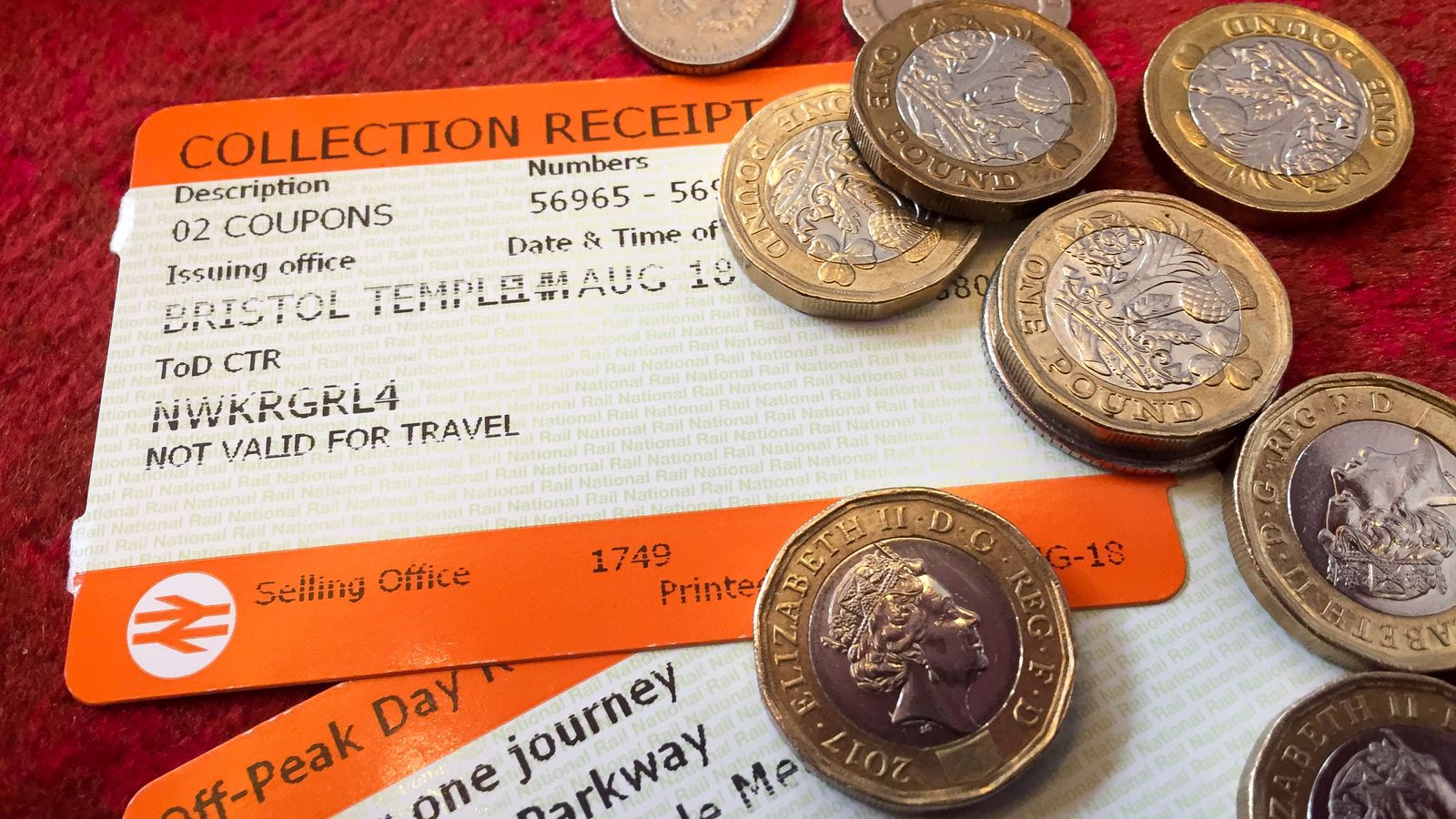Commuters face a 1.6% rise in rail fares next year – under a rule pegging the increase to the latest inflation figure.
The Retail Prices Index (RPI) measure for July, published by the Office for National Statistics (ONS), is used to cap increases in regulated fares including season tickets on most commuter routes.
It is is lower than the RPI reading of 2.8% in 2019 and the lowest since 2015, meaning rail users should face smaller price rises next January than they did at the start of this year.
However there has been speculation about whether the government will delay the 2021 rise to encourage more passengers to return after the lockdown.
The use of the RPI figure to set rail fares is controversial because it is higher than the much more widely used Consumer Prices Index (CPI) measure of inflation, which stood at 1% in July according to the latest ONS release.
Both measures were higher than economists had expected, with RPI climbing from 1.1% in June and CPI up from 0.6%.
The uptick was partly attributed to surging fuel costs – with petrol going up by the most in nearly a decade as international oil prices recovered following a slump caused by the coronavirus crisis.
Fashion seasons and the timing of sales have also been shaken up by the pandemic – so a fall in the cost of womenswear between June and July this year was smaller than in 2019, putting upward pressure on the annual rate of inflation.
In addition, prices for dental treatment, physiotherapy and haircuts have increased as the extra expense of protective equipment is passed on to customers.
